In an undirected graph you do not have ancestors or descendants.
Since the edges do not have directions, you can not differentiate between nodes "before" (ancestors) and "after" (descendants) some node.
Let's compare a directed graph with an undirected graph.
Here is a DAG (which is a special type of an directed graph)

In this directed graph the edges have a direction. Since it's a DAG, these directions induce an ordering. In other words, the edges allow you to say "some node comes before another node". Like, for example, node B comes after node A, because there is an edge pointing from A to B. Similarly you can say A comes before node D, because B comes before D and A comes before B. That is equivalent to saying A is an ancestor of B and D. Saying it the other way around, D is a descendant of A (and also of B).
Here is the same structure with directions removed, i.e. an undirected graph.

As you can see in this graph the edges do not have a direction. Because there are no directions there is no way of saying "node X comes before node Y". While you could say node A comes before B, you could just as well say node B comes before node A. The edges do not induce an order because they do not have a direction.
As the other answer states, you can define an order in the undirected graph. For example pick some node, for example D, and then walk while assigning directions to the edges you visit. However, that only comes across because you start to assign directions to the edges. That is not in the graph itself.
What you have, however, in an undirected graph are connected components.
One connected component contains all the nodes in a graph that are connected by a path.
In the undirected graph above (A, B, C, D, E) is one connected component and (F, G) is another.

